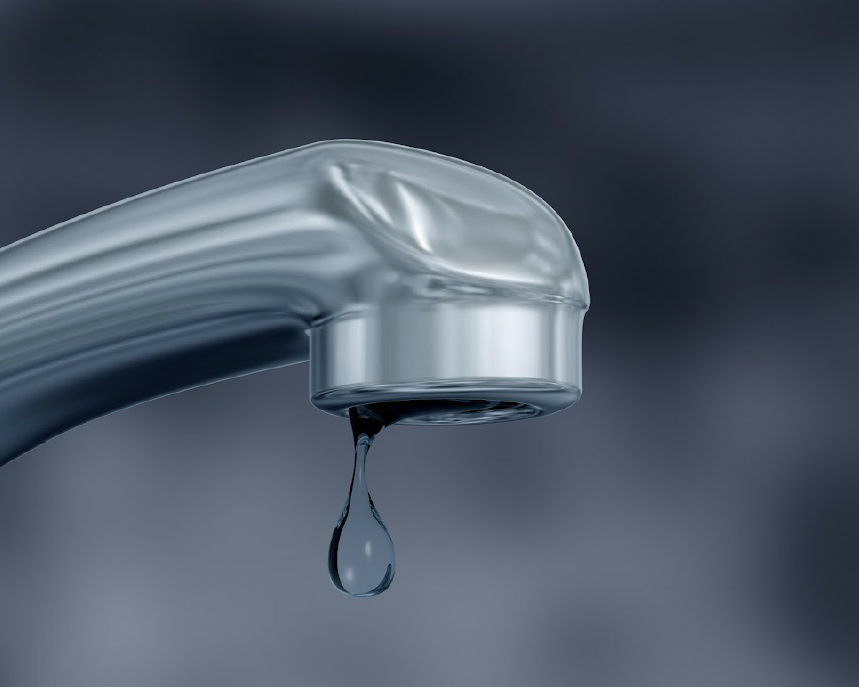How to Examine If Your Residence Has a Concealed Leak
How to Examine If Your Residence Has a Concealed Leak
Blog Article
Everyone has their personal perception in relation to Leaking water lines.

Early discovery of leaking water lines can alleviate a potential calamity. Some small water leakages may not be noticeable.
1. Analyze the Water Meter
Checking it is a surefire means that assists you find leaks. If it moves, that indicates a fast-moving leakage. This indicates you may have a slow leakage that might even be below ground.
2. Inspect Water Usage
Assess your water costs as well as track your water usage. As the one paying it, you ought to notice if there are any kind of inconsistencies. If you find sudden changes, despite your intake being the same, it means that you have leakages in your plumbing system. Keep in mind, your water bill need to fall under the same array each month. An unexpected spike in your costs suggests a fast-moving leak.
A stable rise every month, even with the very same practices, reveals you have a slow leakage that's also slowly rising. Call a plumber to thoroughly inspect your residential or commercial property, specifically if you feel a warm location on your flooring with piping underneath.
3. Do a Food Coloring Test
When it concerns water intake, 30% originates from bathrooms. Test to see if they are running appropriately. Drop specks of food color in the container and also wait 10 minutes. If the color somehow infiltrates your dish throughout that time without flushing, there's a leak between the container as well as bowl.
4. Asses Exterior Lines
Do not fail to remember to inspect your outdoor water lines too. Should water permeate out of the link, you have a loosened rubber gasket. One tiny leak can throw away tons of water and increase your water expense.
5. Assess the scenario as well as examine
Property owners ought to make it a routine to inspect under the sink counters as well as also inside closets for any kind of bad odor or mold development. These two warnings indicate a leak so timely attention is needed. Doing regular inspections, even bi-annually, can save you from a major issue.
Much more significantly, if you know your residence is currently old, maintain a watchful eye on your heating units, hose pipes, pipes etc. Check for discolorations and also deteriorating as a lot of devices and also pipelines have a life expectancy. They will additionally normally degrade as a result of tear and also use. Do not wait for it to rise if you think dripping water lines in your plumbing system. Call a professional plumber right away so you do not wind up with a horrible mess in your house.
Early discovery of dripping water lines can mitigate a prospective calamity. Some tiny water leaks may not be noticeable. Examining it is a surefire method that assists you uncover leakages. One little leak can squander heaps of water and also spike your water expense.
If you presume dripping water lines in your plumbing system, do not wait for it to escalate.
WARNING SIGNS OF WATER LEAKAGE BEHIND THE WALL
PERSISTENT MUSTY ODORS
As water slowly drips from a leaky pipe inside the wall, flooring and sheetrock stay damp and develop an odor similar to wet cardboard. It generates a musty smell that can help you find hidden leaks.
MOLD IN UNUSUAL AREAS
Mold usually grows in wet areas like kitchens, baths and laundry rooms. If you spot the stuff on walls or baseboards in other rooms of the house, it’s a good indicator of undetected water leaks.
STAINS THAT GROW
When mold thrives around a leaky pipe, it sometimes takes hold on the inside surface of the affected wall. A growing stain on otherwise clean sheetrock is often your sign of a hidden plumbing problem.
PEELING OR BUBBLING WALLPAPER / PAINT
This clue is easy to miss in rooms that don’t get much use. When you see wallpaper separating along seams or paint bubbling or flaking off the wall, blame sheetrock that stays wet because of an undetected leak.
BUCKLED CEILINGS AND STAINED FLOORS
If ceilings or floors in bathrooms, kitchens or laundry areas develop structural problems, don’t rule out constant damp inside the walls. Wet sheetrock can affect adjacent framing, flooring and ceilings.
https://www.servicemasterbyzaba.com/blog/how-to-detect-water-leakage-in-walls/

I was made aware of that article on Detecting hidden plumbing leaks through a friend on another web address. Liked our content? Please share it. Help other people find it. I enjoy reading our article about Finding hidden leaks.
Report this page